1. China Cabinets
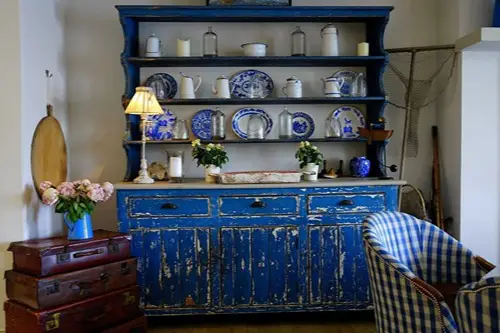
To Boomers, a china cabinet is more than furniture—it’s a symbol of pride and hospitality. It often held pristine porcelain passed down from generations or wedding sets used only on holidays. These cabinets were displayed prominently in dining rooms, showcasing life’s milestones. They were treated almost like shrines to tradition and domestic elegance.
Gen Z, on the other hand, sees them as outdated space-hogs that don’t match minimalist or modular aesthetics. Most young people today live in apartments where storage is at a premium. If they have fine china at all, it’s likely boxed up—or found at a thrift store. The cabinet has become more of a kitschy backdrop for TikToks than a functional piece of furniture.
2. Landline Telephones
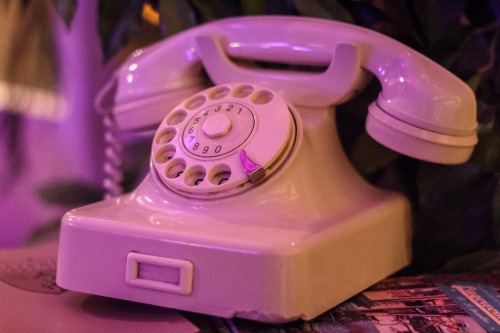
Boomers grew up tethered to walls with spiral cords and rotary dials. A landline was the center of the home, often installed with multiple extensions in different rooms. Answering machines were status symbols, and phone calls were treated like events. Privacy came from stretching the cord into the hallway and whispering.
To Gen Z, a landline is like something out of a history museum. Many have never used one and find the idea of not having caller ID or texting baffling. It’s now more of a retro prop—ideal for a ’90s-themed party photo. Smartphones made these once-indispensable devices feel ancient almost overnight.
3. Hummel Figurines
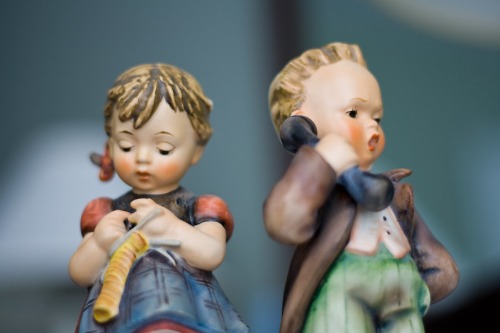
These tiny, cherubic ceramic figures were collector gold for Boomers. Often gifted for birthdays or anniversaries, they held sentimental and sometimes real monetary value. Entire curio cabinets were filled with these hand-painted German trinkets. They were a hallmark of cozy, post-war domestic life.
To Gen Z, they’re more clutter than collectible. You’re more likely to find them gathering dust at estate sales or Goodwill shelves. Young people generally prefer clean lines or ironic decor, not what they see as “grandma’s clutter.” If they buy one, it’s probably for a tongue-in-cheek shelf display.
4. Encyclopedias

Before Google, encyclopedias were the holy grail of home knowledge. Boomers grew up flipping through heavy volumes of Britannica to do school projects or just learn something new. A full set was an investment and often took up an entire shelf. It represented intellectual curiosity and status.
Gen Z has never needed a physical encyclopedia. With Wikipedia and AI tools just a tap away, the idea of researching in a book feels glacial. Today, encyclopedias are more often repurposed for DIY crafts or Instagrammable stacks. They’re admired for their aesthetics, not their content.
5. Cursive Handwriting

Boomers were drilled in cursive from elementary school onward. Neat penmanship was seen as a sign of discipline and education. Many still send handwritten notes with elegant loops and swirls. Some even judge a person’s character by their handwriting.
Gen Z often can’t read cursive, let alone write it. Schools have largely phased it out in favor of typing skills. To them, cursive belongs more in vintage greeting cards than on homework. It’s the kind of thing they might try once—for a bullet journal or an aesthetic Instagram post.
6. Fine Silverware
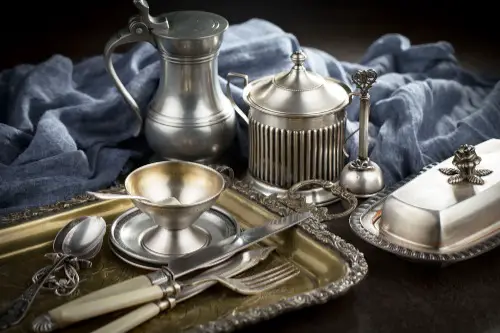
For Boomers, owning a set of real silverware—sometimes even sterling—was a rite of passage. It came out on holidays, family gatherings, or any “important” dinner. Polishing it was a ritual, and storing it in velvet-lined boxes was a norm. Silverware sets were often handed down and treated with reverence.
To Gen Z, that level of formality feels over the top. Many don’t even host dinner parties, let alone bring out a second set of utensils. They’re more into multipurpose flatware and IKEA finds. Fine silver is now something they might style for a vintage tablescape on Pinterest—not actual use.
7. Patterned Couch Covers
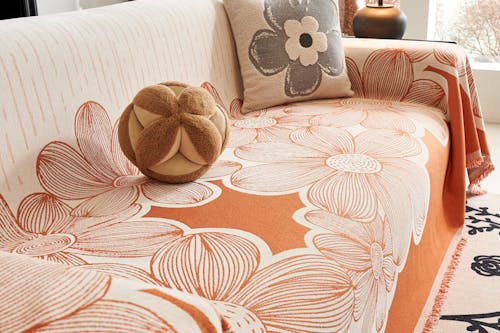
Boomers often protected their sofas with floral or paisley slipcovers. Sometimes, they even had plastic covers that crinkled when you sat down. The idea was to preserve the furniture, making it last for decades. Comfort came second to durability and presentation.
Gen Z opts for washable fabrics and changeable aesthetics. They’d rather reupholster or buy new than cover everything up. Those busy patterns now read as “retro grandma” rather than stylish. They’re more likely to see them in a nostalgic photoshoot than in their living rooms.
8. Wall Clocks with Pendulums
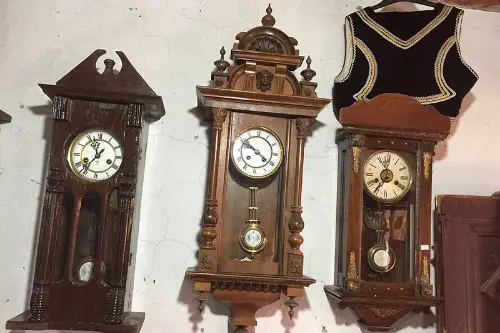
These weren’t just clocks; they were heirlooms. Boomers grew up in homes where the ticking of a pendulum was the soundtrack to daily life. Many of these timepieces were ornate, wood-carved, and chimed every hour. They represented a slower, more deliberate pace of living.
Gen Z relies on digital clocks—or just checks their phone. The idea of winding a clock or hearing it chime at midnight seems unnecessary, even intrusive. If they own one, it’s probably because it looks cool in a video backdrop. The function has faded, but the aesthetic lives on.
9. Photo Albums

Boomers meticulously organized prints into leather-bound albums. Each page was a curated slice of life: vacations, birthdays, weddings. Flipping through them was a communal activity during holidays or visits. They were physical proof of memory.
Gen Z’s memories live in the cloud. They use Instagram and Google Photos as their scrapbooks. Printed albums might be reserved for very special occasions—if at all. The old-school albums feel more like sentimental artifacts than necessary keepsakes.
10. Needlepoint Art
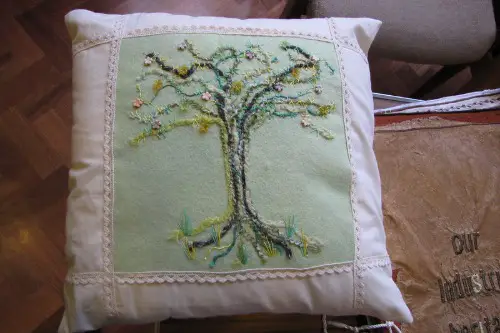
You’ve probably seen these in Boomer homes: framed embroidery of quaint sayings, floral patterns, or homey scenes. Creating needlepoint was both a hobby and a way to decorate with a personal touch. It was seen as both artistic and virtuous—patience turned into beauty. Sometimes, these pieces took months to complete.
To Gen Z, needlepoint is making a small ironic comeback, but largely as kitsch. They’re more likely to stitch a meme or a sarcastic phrase than a house blessing. Traditional designs feel dated unless used ironically. That said, the craft is occasionally revived—just with an edge.
11. Wood Paneling

Many Boomers loved the warm, earthy tones of wood-paneled walls. It made a home feel grounded, rustic, and “finished.” These walls were often found in dens, basements, or living rooms, paired with shag carpets. It was the hallmark of mid-century cozy.
Gen Z sees it as a relic of a bygone aesthetic. The trend now is light, airy spaces with clean finishes and minimal clutter. If they keep wood paneling, it’s often painted over in white or sage green. The original finish survives mainly in “before” photos.
12. Collector’s Plates
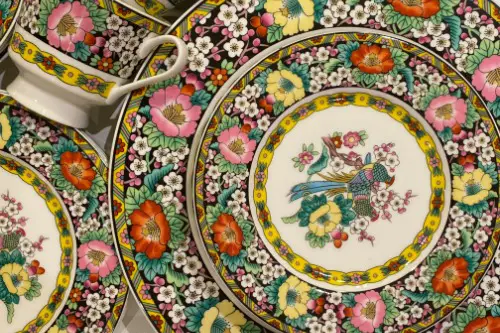
Boomers displayed commemorative plates like works of art—often on special wall mounts. These were limited edition items featuring everything from Norman Rockwell scenes to royal weddings. Companies like Bradford Exchange turned them into a full-blown industry. The plates were rarely used, just admired.
Gen Z has no patience for dishware you can’t eat off of. These plates now feel fussy or overly sentimental. If they end up in a Gen Z home, it’s probably ironically, or for a nostalgic decor wall. They’re more about retro flair than reverence.
13. Newspaper Subscriptions

For Boomers, the newspaper was the first thing they touched in the morning. It was how they stayed informed, did the crossword, and found out what was on TV that night. Holding the paper and sipping coffee was a daily ritual. Many still get it delivered.
Gen Z gets breaking news from social media before it even hits print. They’d rather get personalized news alerts than flip through ads and obituaries. The printed paper feels slow and bulky in a world of real-time updates. If they see one, it’s probably lining a thrifted bookshelf.
14. Doilies
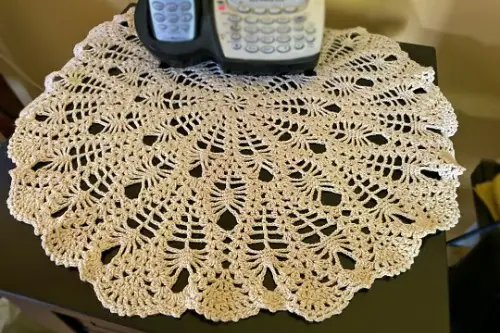
These lacey little mats once adorned every flat surface in a Boomer household. They were a marker of refined taste and homemaking prowess. Hand-crocheted or bought at gift shops, they protected furniture and added a touch of elegance. They were especially common under vases or lamps.
To Gen Z, doilies are either quaint or downright bizarre. The idea of using fabric to decorate under another object seems redundant. At best, they’re repurposed into art projects or ironic design choices. More often, they’re found in vintage stores or grandma’s attic.
This post 14 Objects Boomers Treasure That Gen Z Treats Like Stage Props was first published on American Charm.


